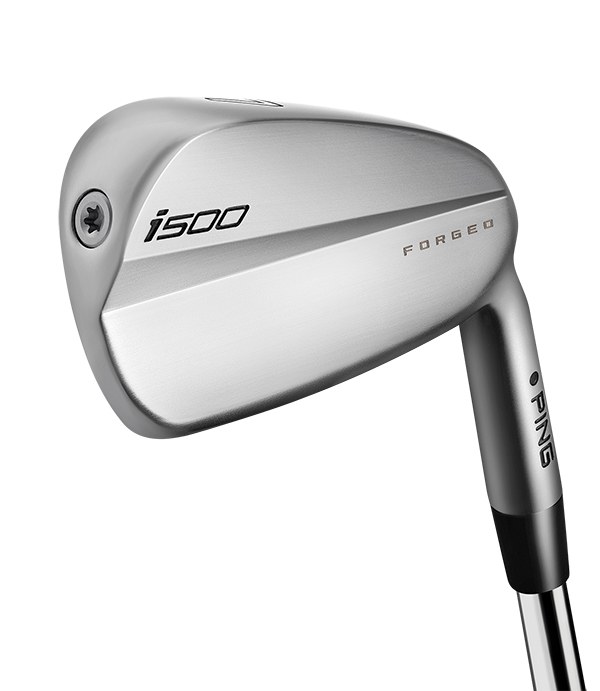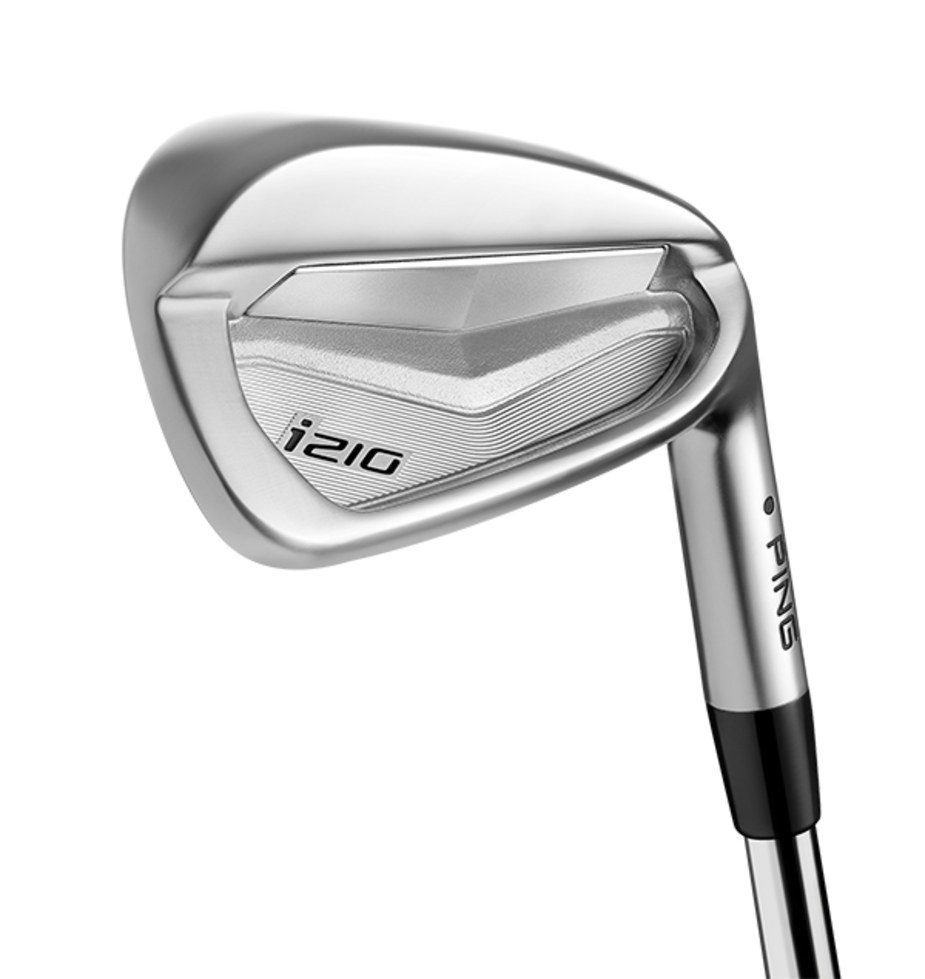The new Ping i210 (the compact, cavity back players iron) and i500 (a fast-faced players distance iron) reveal that iron technology for today’s better players adroitly balances two pressing characteristics: precision and power. The good news for these players with new irons like these: the choice isn’t either/or; it’s more like a little bit of one and a lot of the other.

Epitomising that search for precision boosted with power, or more correctly, power accented with precision, is the Ping i500, a more compact version of the flexible face-insert, hollow-body technology first seen in Ping’s Crossover hybrid irons. The Crossover led to the development of the game-improvement G700 irons, which featured a C300 maraging steel face insert made of the same face material found in Ping’s G400 fairway woods and hybrids. Now comes i500, a natural but not easily achieved result from its predecessors.
“You could say G700 and i200 had a baby and that’s i500,” said Paul Wood, Ping’s vice president of engineering. “The big challenge with this iron is to take all the things that make the G700 work so well and put them in a smaller package. It’s actually more difficult the smaller you get. There’s less room for the pocket, less room to have things flexing and still get the weight right. That’s why we’ve gone from Crossover to G700 to i500. This one’s the most challenging to pack it all in, but the benefits are pretty substantial.”
The i500 iron’s hollow structure and high-strength maraging steel face allows for five times the bending of the face at impact compared to a standard cast iron. That bending leads to distance increases, because not only does the ball launch faster off the face, but the face also bends in a way that launches shots higher. Wood said the i500, which has lofts 2.5 degrees stronger than the i210 for example, launches the ball similarly and reaches a similar height, but gets to that point farther down range for more distance.
“Because that material is so strong, you can go really thin,” Wood said. “You use the whole design with the top and bottom of the iron to distribute the stress and get movement in the face. We’re using the whole iron design to get as much movement as you can.
“As you get thinner in the face you’re taking more mass that you can redistribute, so you’re also getting a bump in moment of inertia [off-centre hit stability]. Really, a two-for-one.”

The Ping i210 is the next development following in the family tree of precise distance consistency established by the i200 irons, introduced 18 months ago. That iron has found acceptance among better club players, as well as elite tour players, and the i210 already has found its way into tour players bags with Brandon Stone’s win in the Aberdeen Standard Scottish Open on Sunday.
“The i210 is very much an evolution of the i200,” Wood said.
With a compact, better players-friendly shape, the i210 emphasises shotmaking, precision and feel, the latter the result of a larger and softer elastomer insert wedged into the back cavity. That larger, wider port for the elastomer yields more perimeter weighting, but it also means more of the face is backed by the softer material to improve feel.
The 431 stainless steel casting (a softer steel than traditional 17-4) includes milled grooves than change through the set. The increase in stability on off-centre hits and the groove changes lead to better consistency and precision, Wood said.
“It’s a matter of what groove geometries create consistent spin,” he said. “That’s why there are different geometries on the wedges than the 3- through 9-irons. We’ve tightened the spacing on the [pitching and U] wedges.”
Of the two irons, i500 is clearly more of a distance play, but its shaping will appeal to a better players’ eye. The i210 is a more forgiving iron than its predecessor, and like i500, may help that level of player consider bringing more long irons back into the bag. Indeed, Stone’s winning clubs featured i210 3- through 5-irons. But i500 is another notch up the ladder for the player who prefers a smaller shape, Wood said.
“Loft for loft the launch is way higher [on the i500],” Wood said. “That’s why i500 has 2.5 degrees less loft than i210 but they end up launching almost the same. The 7-iron on i500 is going to go significantly further, but our stats would say your precision might be a little better with the i210, so that’s the tradeoff. Would you rather give up a little distance or a little precision?”
The i210 ($210 per club with steel shaft, 3-iron through U-wedge; $240 with graphite) and i500 ($270 per club with steel shaft; $300 with graphite) are available for custom fitting and pre-order at authorised PING golf shops around the country beginning today.
The stock shaft on the i210 is the True Temper Dynamic Gold 120, while the stock shaft on the i500 is the Dynamic Gold 105. Several aftermarket shafts on both irons are available at no extra charge.

